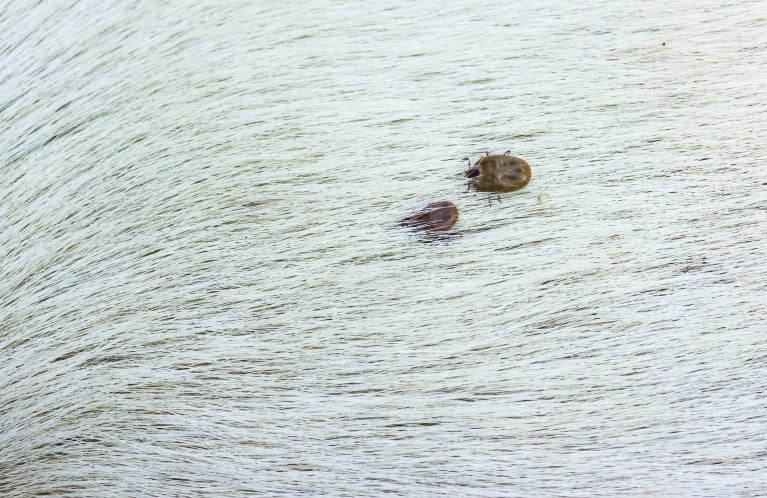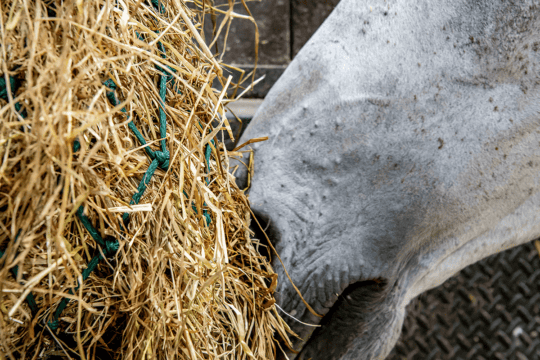H&R’s Soraya Abdel-Hadi shares everything you need to know about ticks and how to combat them!

As soon as the sun comes out, a whole host of unwanted ‘friends’ come out too, including ticks. These parasites latch onto mammals, birds and humans, gorging on blood until they are full. They’ll then drop off into the undergrowth and, if they are adult ticks, lay eggs. And so the cycle begins again. As our climate has dealt us warmer winters, you may find that you see ticks for longer periods during the year, so beware – this is not just a summer problem anymore.
The risks
There are several types of tick that can be found lurking in the long grass in the UK and they can carry diseases – sometimes more than one at the same time. They can transfer these with a single bite, but the longer they are attached, the higher the risk of disease transfer. However, it’s important to remember that not every tick is infected and not all will transfer disease – don’t panic, just be vigilant!
Common diseases that might occur from tick bites in the UK are Lyme disease (Borreliosis), Anaplasmosis, Babesiosis, Bartonellosis and the Louping-ill Virus (LIV). Lyme disease in particular has become increasingly prevalent in the last few years, so if you haven’t done so already, now is the time to educate yourself.
What to do
If you see a tick on your horse, dog or yourself, the best course of action is to remove it. If you don’t feel comfortable doing this yourself – because of where it is placed or if it is your first tick – find a well-versed friend, or your vet should be happy to run through the process with you. Traditional methods of removing ticks – such as lit matches, nail varnish or suffocating with petroleum – can cause the tick to become distressed and regurgitate back into the host, increasing the likelihood of disease being transferred.
The best way to take out a tick is by using a specially-designed tick remover. There are several on the market, and they are usually cheap and efficient methods of removing them from the skin. Some include twisting to reduce the tick’s grip, while loop types hook under the tick’s legs to minimise the risk of leaving the tick’s head in. Notoriously difficult to get out once snapped from the body, tick heads can cause infection. If you do leave one in, monitor the site. Heads will often make their way out in time, but if the wound becomes swollen, red, itchy or sore, then contact your vet.
If a tick’s bodily fluid is spilled, it can cause disease in you or your horse if it gets into cuts in the skin. Use gloves if you can and kill the tick before disposing of it safely.
Prevention
When you check your horse over each day, check for ticks on his face and legs – these are the areas that are most likely to have been in the long grass. Pay particular attention to his feathers, ‘armpits’ and between his hindlegs – ticks like areas where they’re unlikely to get dislodged.















